Discover the joy of gardening with minimal effort and maximum results by exploring the world of straw bale gardening. Whether you’re short on space, soil, or time, straw bale gardening offers a simple and efficient way to grow a wide variety of plants with minimal fuss. In this comprehensive guide, we’ll walk you through the basics of straw bale gardening, from selecting and conditioning bales to planting and maintaining your bountiful garden oasis.
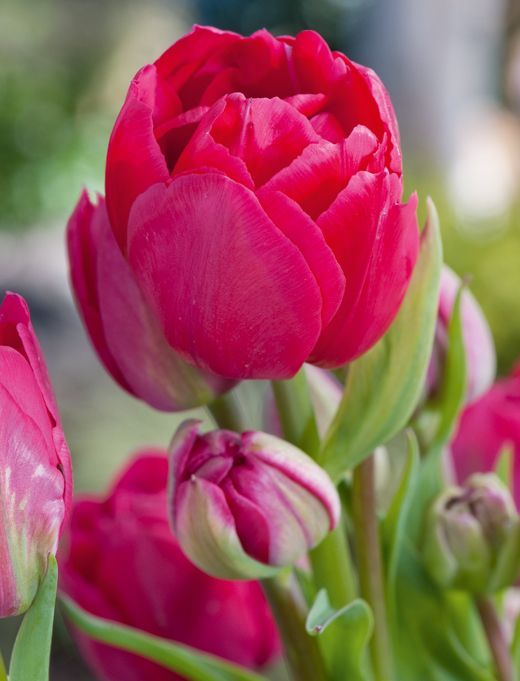
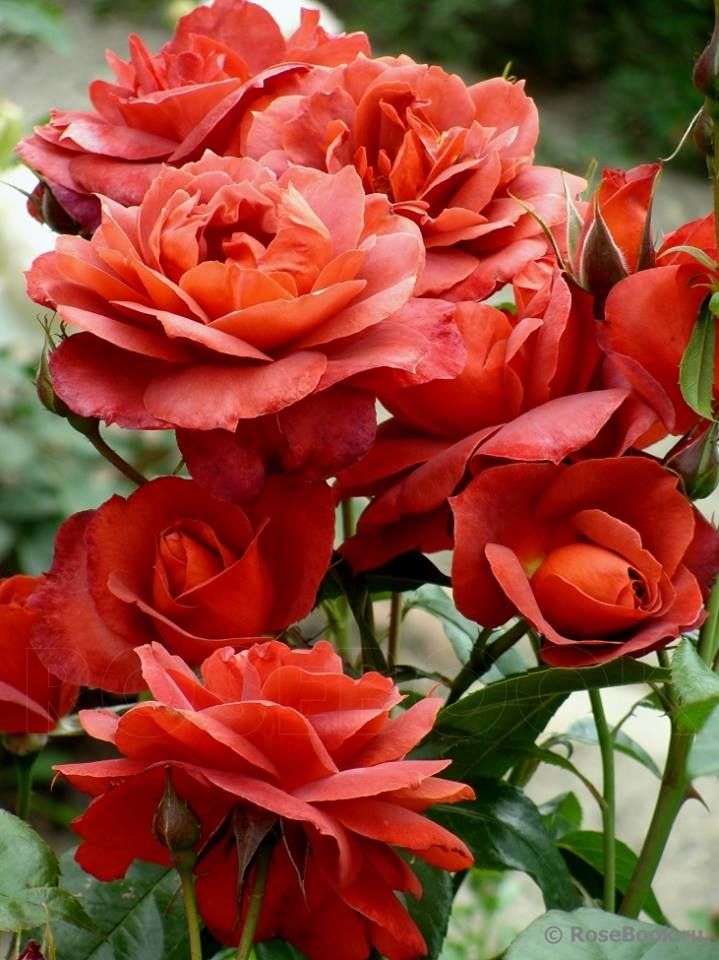
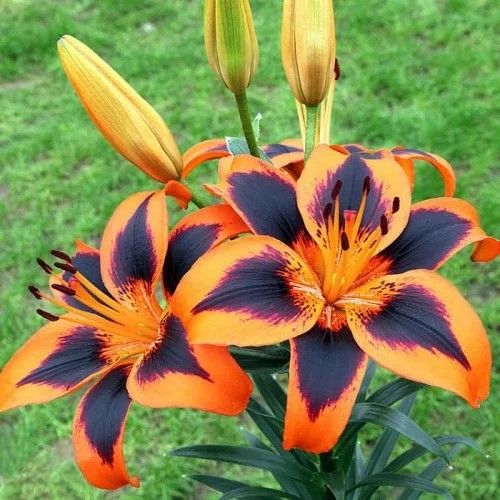
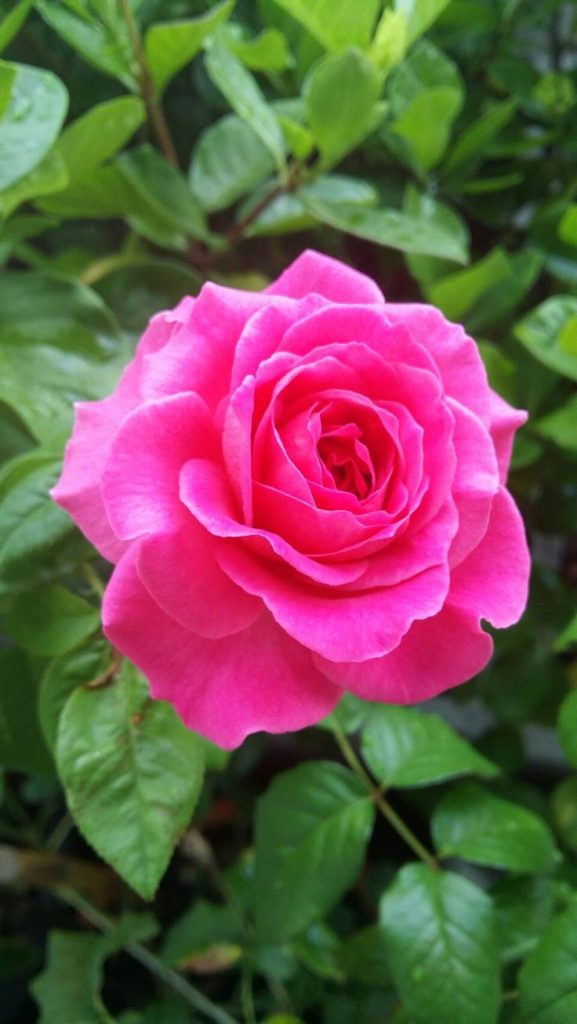
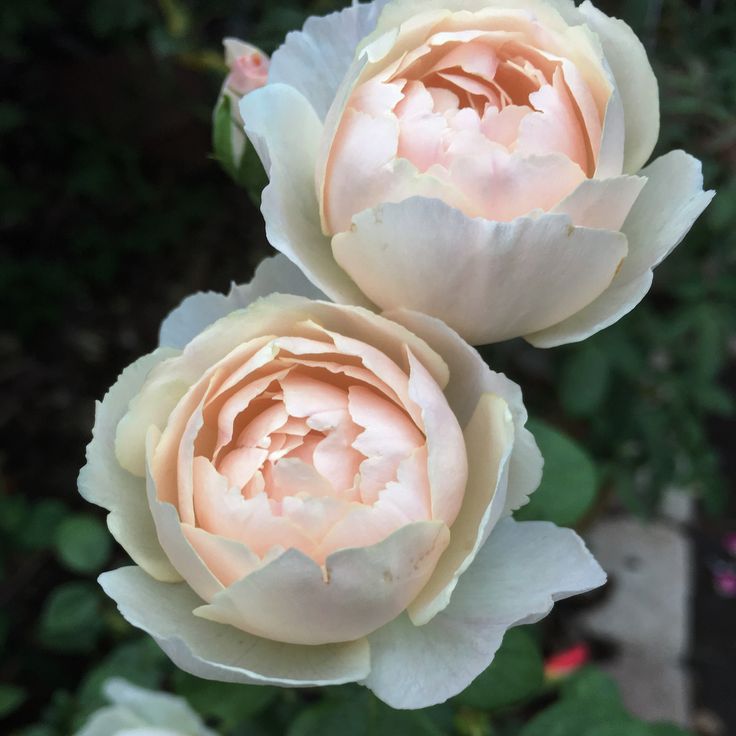
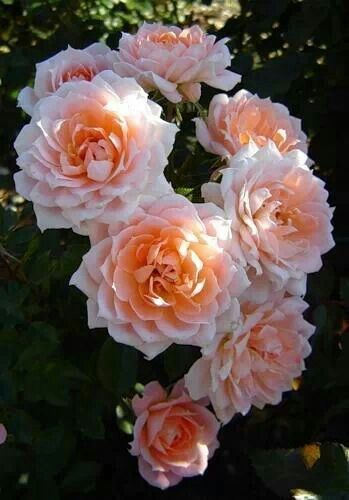
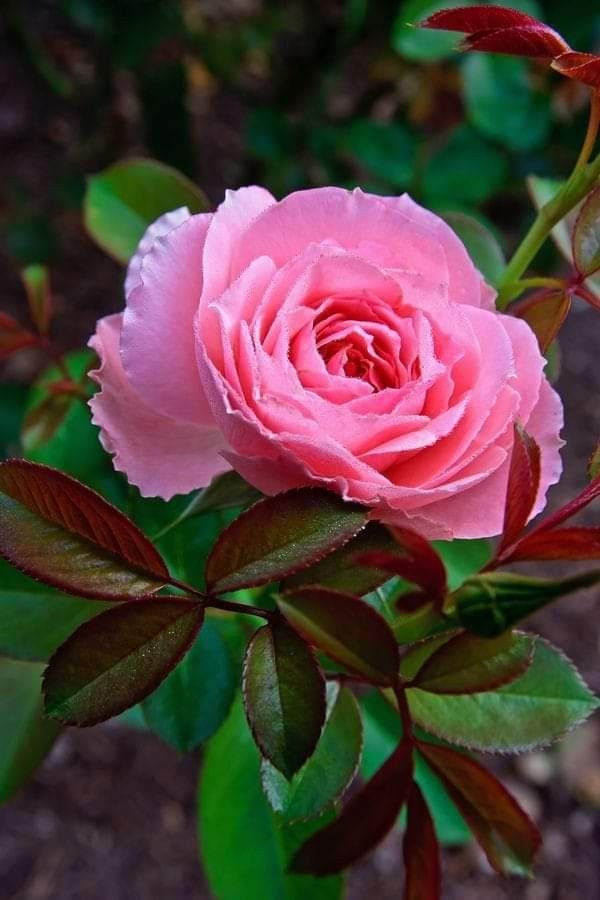
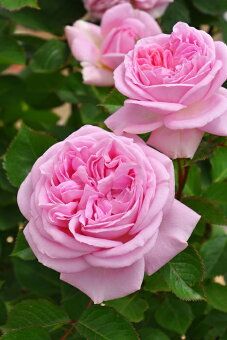
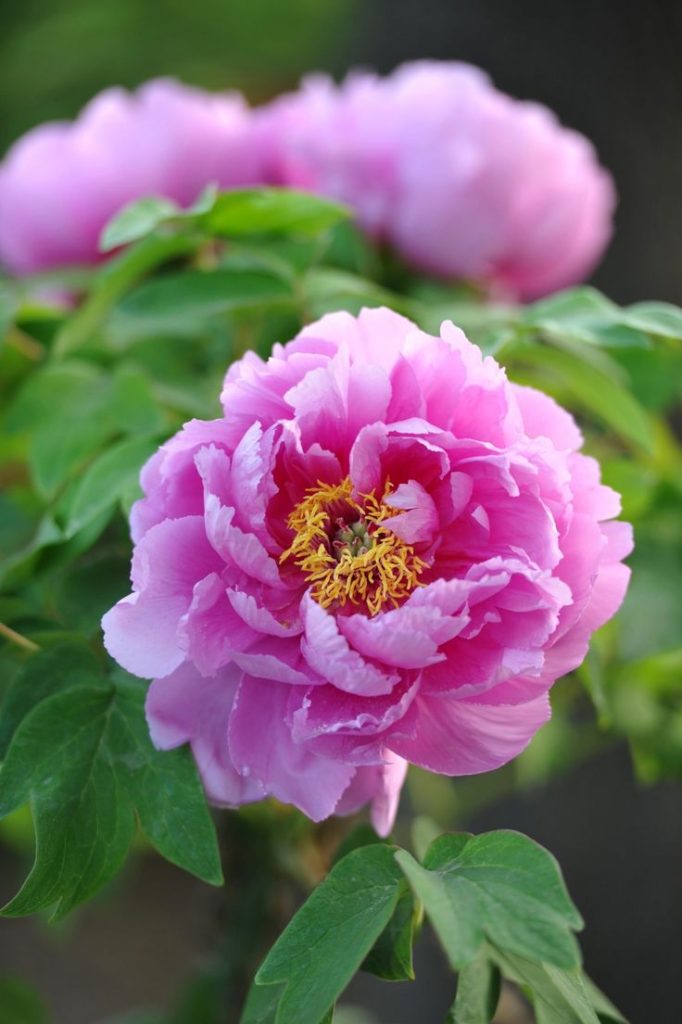
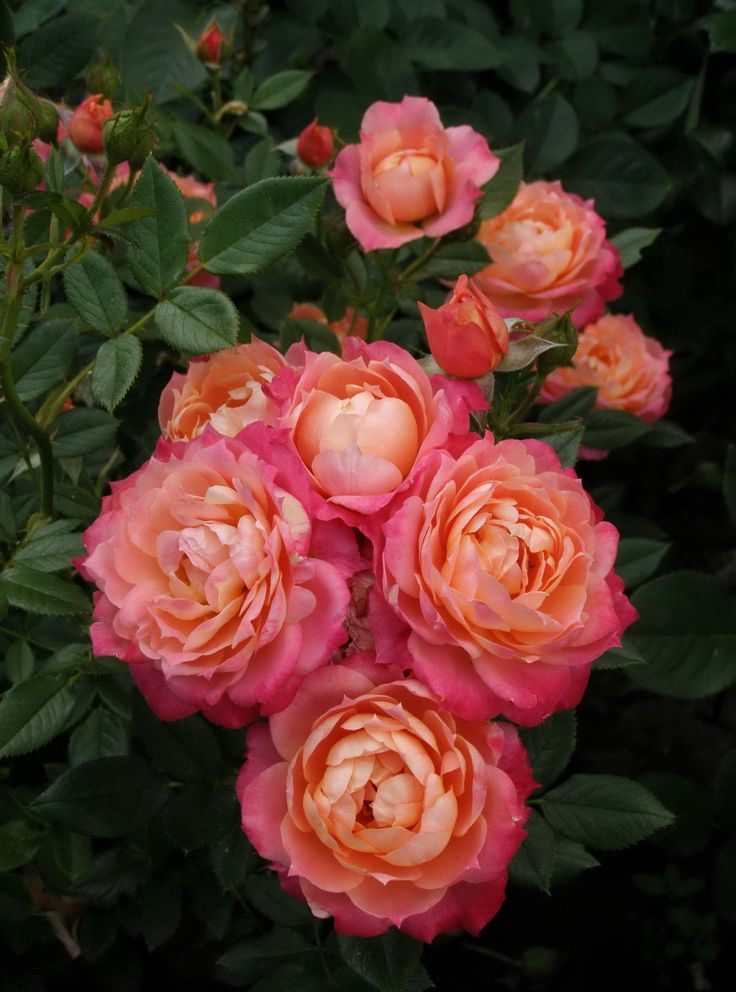
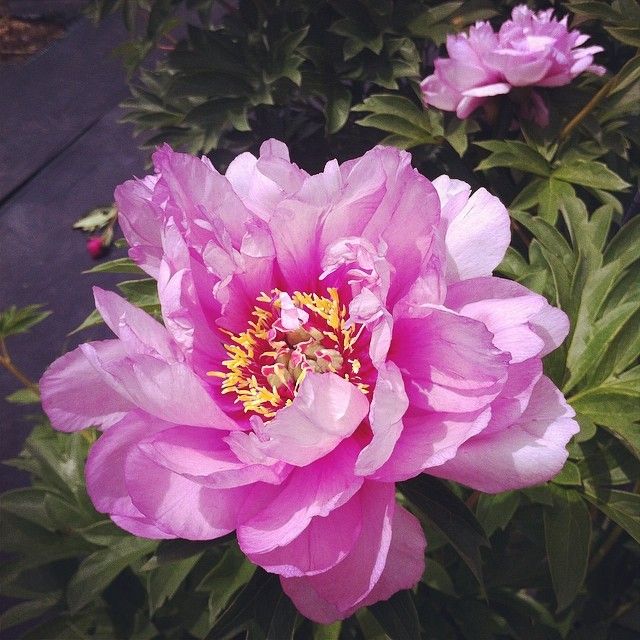

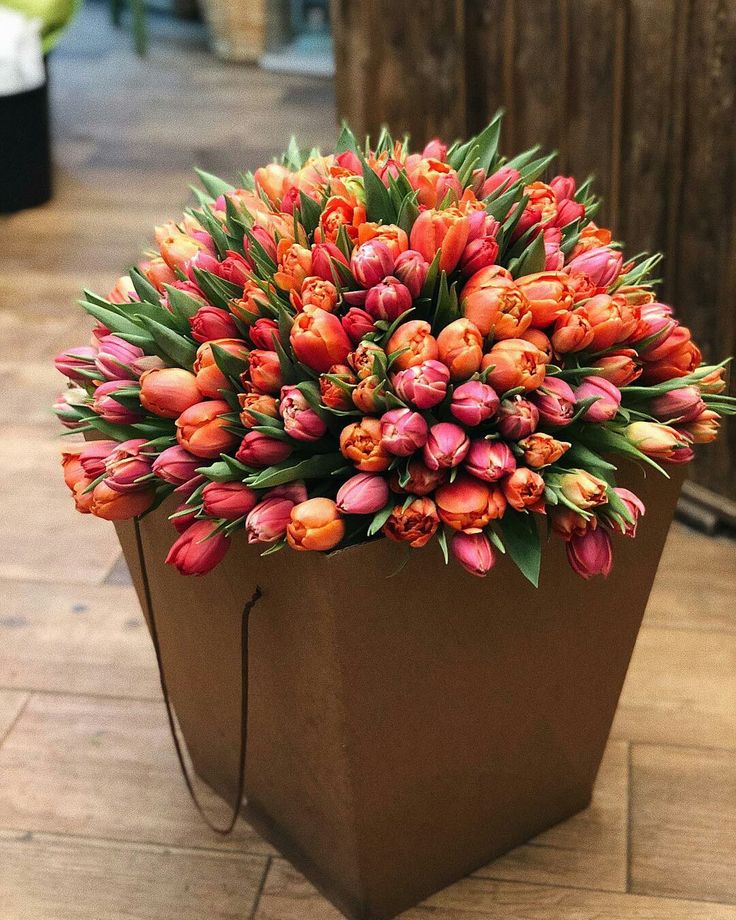
Understanding Straw Bale Gardening
- What Are Straw Bales?: Straw bales are tightly bound bundles of straw that serve as a versatile growing medium for plants. Unlike traditional soil-based gardening, straw bale gardening eliminates the need for digging, tilling, and weeding, making it an ideal option for beginners and experienced gardeners alike.
- Benefits of Straw Bale Gardening: Straw bale gardening offers numerous advantages, including improved drainage and aeration, reduced weed growth, and the ability to garden in areas with poor soil or limited space. Additionally, straw bales can be easily arranged and moved to optimize sunlight and airflow for optimal plant growth.
Getting Started with Straw Bale Gardening
- Selecting Straw Bales: Choose straw bales that are free of mold, mildew, and chemical residues. Look for bales composed of wheat, barley, oat, or rice straw, as these materials are lightweight, readily available, and conducive to plant growth.
- Conditioning the Bales: Before planting, it’s essential to condition the straw bales to kick-start the decomposition process and create a nutrient-rich growing environment. Begin by thoroughly soaking the bales with water and then applying a nitrogen-rich fertilizer or organic compost to encourage microbial activity and decomposition.
Planting Your Straw Bale Garden
- Preparing the Bales: Once conditioned, the straw bales will begin to decompose, providing a fertile substrate for planting. Create planting pockets or holes in the bales using a trowel or your hands, and fill them with a high-quality potting mix or compost.
- Choosing Plants: Straw bale gardening accommodates a wide range of plants, including vegetables, herbs, flowers, and even small fruiting trees and shrubs. Select plants that are well-suited to your climate and growing conditions, and arrange them in the bales according to their sunlight and spacing requirements.
Maintaining Your Straw Bale Garden
- Watering: Monitor the moisture levels of your straw bales regularly and water as needed to keep them consistently moist but not waterlogged. Watering from the top of the bales will help distribute moisture evenly throughout the growing medium.
- Fertilizing: As the straw bales decompose, they will release nutrients that nourish your plants. However, supplemental fertilization may be necessary, especially for heavy-feeding crops. Consider using organic liquid fertilizers or compost tea to provide additional nutrients throughout the growing season.
Conclusion
Straw bale gardening offers a convenient and efficient way to cultivate a thriving garden without the hassle of traditional soil-based methods. By harnessing the natural properties of straw bales, you can create a nutrient-rich growing environment that supports healthy plant growth and abundant harvests. So grab your bales, roll up your sleeves, and embark on a journey of easy and rewarding gardening with straw bales—it’s an adventure that promises bountiful yields and boundless joy in every season.